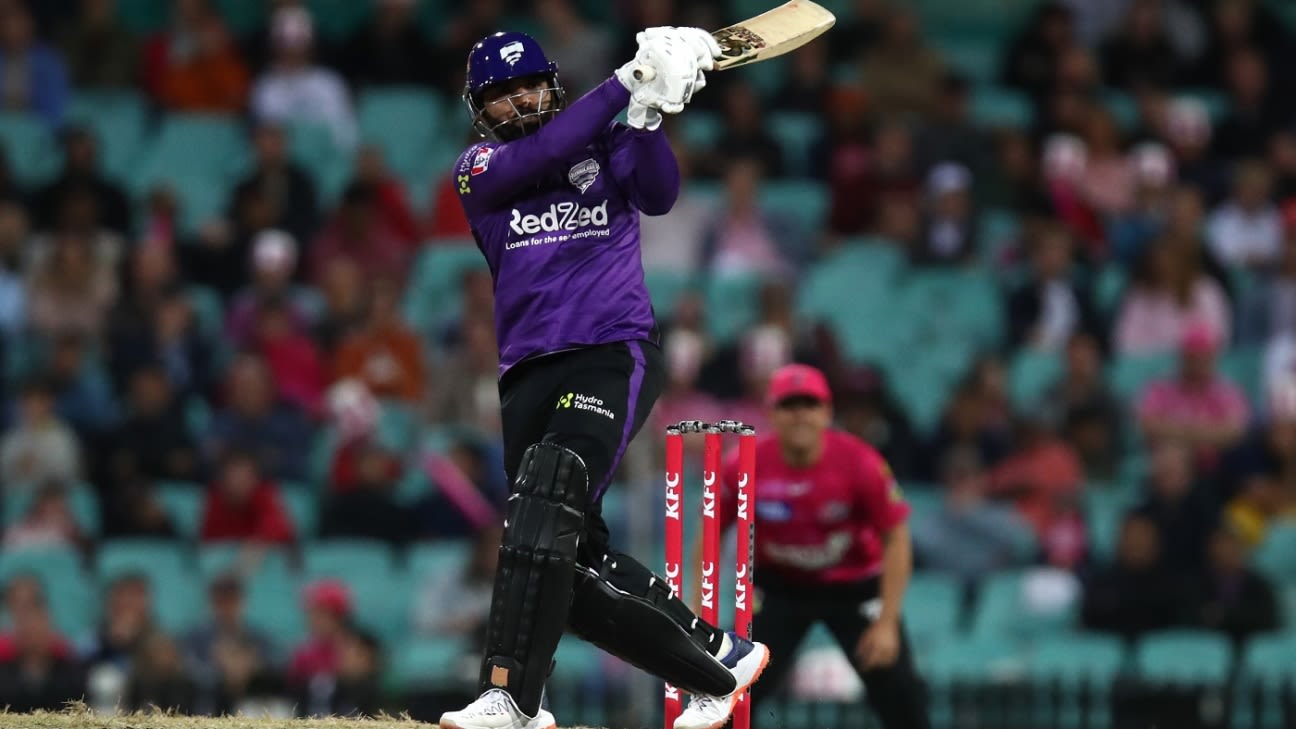However, the last of the sixes in the penultimate over against Hayden Kerr came from a high full toss which replays showed was marginally above waist height. However, under the current protocols unless the ball takes a wicket the on-field decision stands.
Although Ali fell in the final over, Hurricanes got to within six of victory so a no-ball call, and a subsequent free hit, could have changed the game.
“You’ve got the technology…just check it,” Zampa said, before adding having seen the replay. “It’s a no-ball…just use the technology, it’s there.
“That no-ball would have made a bit of a difference. Should we be using the technology? It takes two seconds.
“If that was hit and caught, they would have checked it. So I don’t see the difference. Next ball goes for six, it makes just as much difference as a wicket.”
Zampa conceded the pace of the game was important, but added that such crucial decisions were vital to get right.
“Once the games slows down and you lose a bit of momentum is when it gets annoying, but just got to get the call right,” he said.
Another option put forward, and discussed earlier in the week by Ricky Ponting, has been for teams to be allowed to use a review, should they have it left, in the same way they can challenge a dismissal.
“Going back to that point I was making about being able to use your review on that waist high ball…that is such a big error in the game, a free hit, how often do you see those go for a boundary? A lot,” Ponting said on Channel 7 during Adelaide Strikers’ game against Sydney Thunder. “Quite often games are decided by less than four or six runs.”
However, alongside Ponting, Ian Bishop raised the concern about the game being slowed down.
“Here’s the challenge, and I’m not against it if it’s fairly obvious,” he said. “But if it’s not an obvious one, how much time do we spend, and does the television umpire have a ruler where he’s trying to measure if that’s going to reach him…so it could be a tricky one if it’s not an obvious one above the waist.”
